Here are some more examples of how I edit images.
I took these six images of the Anti-gravity Fountain at the Imagination pavilion. The challenge I had was that some areas were brightly lit and others were very dark. My eyes could easily adjust and I could see everything, but my camera couldn't capture what I was seeing very well. I took the same picture at different exposure levels.
Canon 7D, 24mm, f/8, ISO 100. Shutter speeds were 0.6s, 2.5s, 10s, 20s, 30s, and 30s. With the last two pictures, I opened the aperture to f/5 and then f/2.5.
Here is the blended image
Here's a shot I took of a dandelion in Rocky Mountain National Park. We had just finished a long hike and my wife and kids were napping in our tent. I decided to take some pictures around our campsite and noticed that the weeds looked interesting. I used my 70-200mm zoom with either a closeup filter or extension tubes (I can't recall which).
Canon 5D Mark III, 95mm, 1/500s, f/8, ISO 800
I purposely overexposed the picture using a technique called "exposing to the right". The idea is that your camera does its best job capturing brighter things. You get more noise in darker parts of your image. So if you can increase your exposure and not blow out anything in your image, you'll get a better picture that way. You just lower your exposure back down in post production.
I've processed this shot a few different ways, but this is the print I have on hanging in the house. I cropped it, lowered the exposure, increased the saturation (using Vibrance), and improved the contrast (using Clarity). I also added a pretty extreme vignette to make the dandelion pop more. I've done other versions were I de-emphasize the center section so that it is a picture about the fuzzy edges of the flower.
Here's a more extreme edit. Each fall, we set up our garage as a portrait studio for a couple of weekends and take pictures for friends, coworkers and neighbors. In this case, a family of three girls all put on their Halloween costumes. I took shots of each of them individually and then composited them into one fun group photo. I added some effects to complete the look. The floating child was held up by her ankles with a parent on each side. Then I edited out their hands on her ankles.
Canon 5D Mark IV, 140mm, f/10, 1/160s, ISO 400. Shot with a giant softbox providing the key light. We used a white backdrop and some Thrifty White Tile board as flooring because I like the mild reflection it provides.
We've done a bunch of compositing shots. We've used snowy mountain pictures from our travels as backdrops when people show up dressed in winter cloths. We've done some fun composites with one child holding a miniature version of their sibling in their hand.
Here's another composited shot that I think turned out well. She's in the same outfit in each of the shots, but I adjusted the colors to give it a more interesting look.
Another fun compositing trick we do is to take pictures of kids holding an empty canvas, a black chalkboard, or something like that. We then add pictures to the canvas or write on the blackboard in post production. In this case, we took pictures of two brothers looking down at the blank canvases they were holding and then took pictures of them looking up. We mashed it all together so it looks like they are looking at the canvas. It is super easy to do in Photoshop.. You just copy the image destined for the canvas onto the other picture. You use free transform to fit that image to each of the corners of the canvas and set your blend mode to darken.
 We’re all learning here and I think these would be really great examples, once again!
We’re all learning here and I think these would be really great examples, once again!We’re all learning here and I think these would be really great examples, once again!









 There I was obliviously blathering on about aperture and shutter speed and iso while her blood pressure was steadily rising, he ha. We had a good laugh once I realized, and I’m still sort of chuckling about it today.
There I was obliviously blathering on about aperture and shutter speed and iso while her blood pressure was steadily rising, he ha. We had a good laugh once I realized, and I’m still sort of chuckling about it today.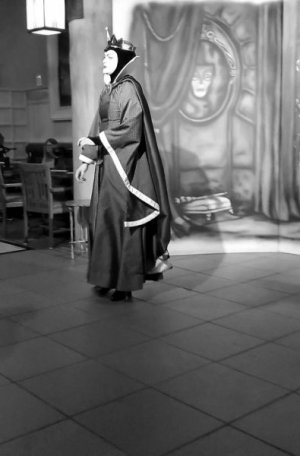
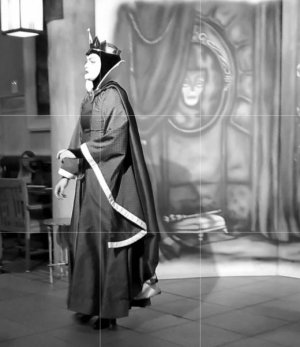
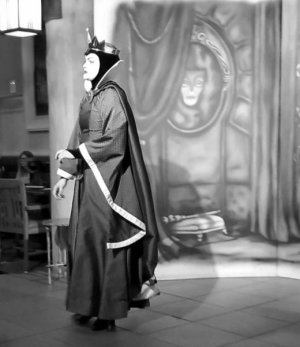
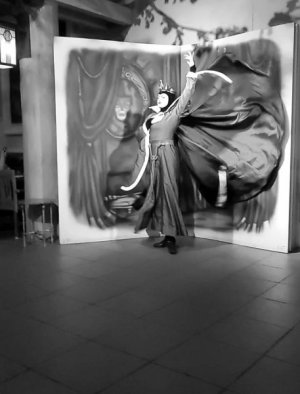
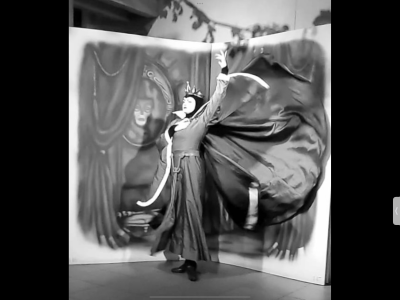


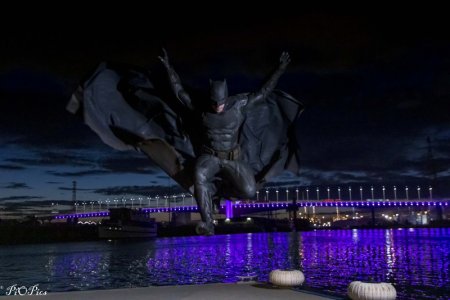
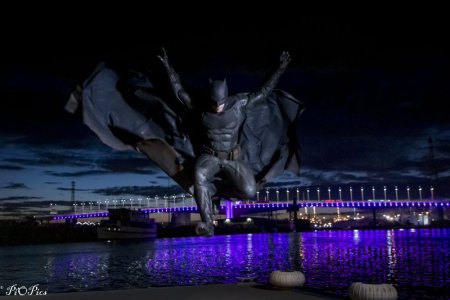
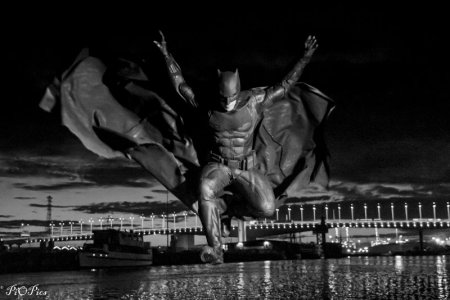

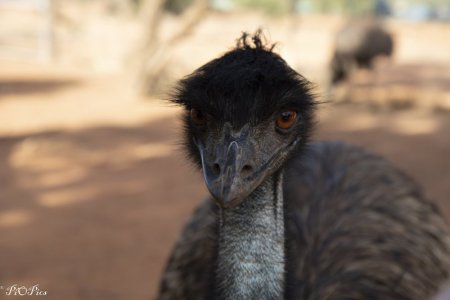
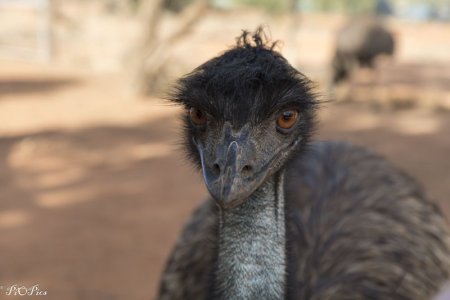
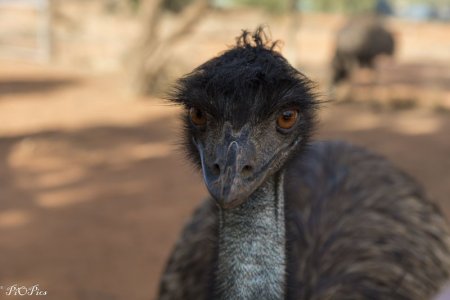
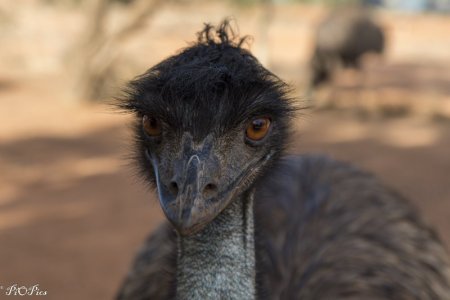


I hope that some of this discussion has helped to that end.
